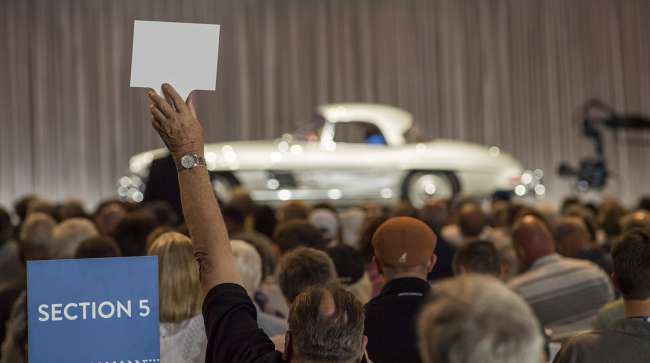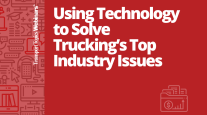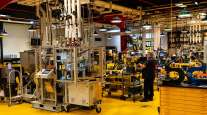Consumer Spending Cools on Drop in Vehicle Purchases

U.S. consumer spending cooled in August on a cutback in auto purchases that partly reflected less demand linked to Hurricane Harvey, Commerce Department figures showed Sept. 29.
Highlights of Personal Income and Spending For August
• Purchases rose 0.1% from prior month (matching est.) after a 0.3% increase in July
• Incomes rose 0.2% (matching est.) after 0.3% gain
• Price gauge tied to consumption rose 0.2% from previous month (estimated 0.3%); was up 1.4% from year ago (estimated 1.5%).
• Excluding food and energy, prices rose 0.1% (estimated 0.2% rise); so-called core was up 1.3% from year ago (estimated 1.4%).
• Adjusted for inflation, purchases declined 0.1%, the first decrease since January.
Key Takeaways
The latest results indicate household spending, which accounts for about 70% of the economy, may struggle to match the momentum of the second quarter. Inflation-adjusted income, after taxes, dropped 0.1% in August, the first decrease this year.
The Commerce Department said that the spending and income data reflect the effects of Harvey, which made landfall later in the month along the Gulf Coast in Texas.
While the August results were held back by fewer outlays for motor vehicles after the industry reported the slowest pace of sales since February 2014, purchases may increase in coming months as households in hurricane-stricken areas replace cars and trucks that were destroyed by flooding.
Wages and salaries were little changed in August after robust gains in the prior two months.
Other Details
• Saving rate was unchanged at 3.6% in August.
• Real outlays for durable goods dropped 1%, the most since January while non-durable goods were down 0.2%.
With assistance by Kristy Scheuble




